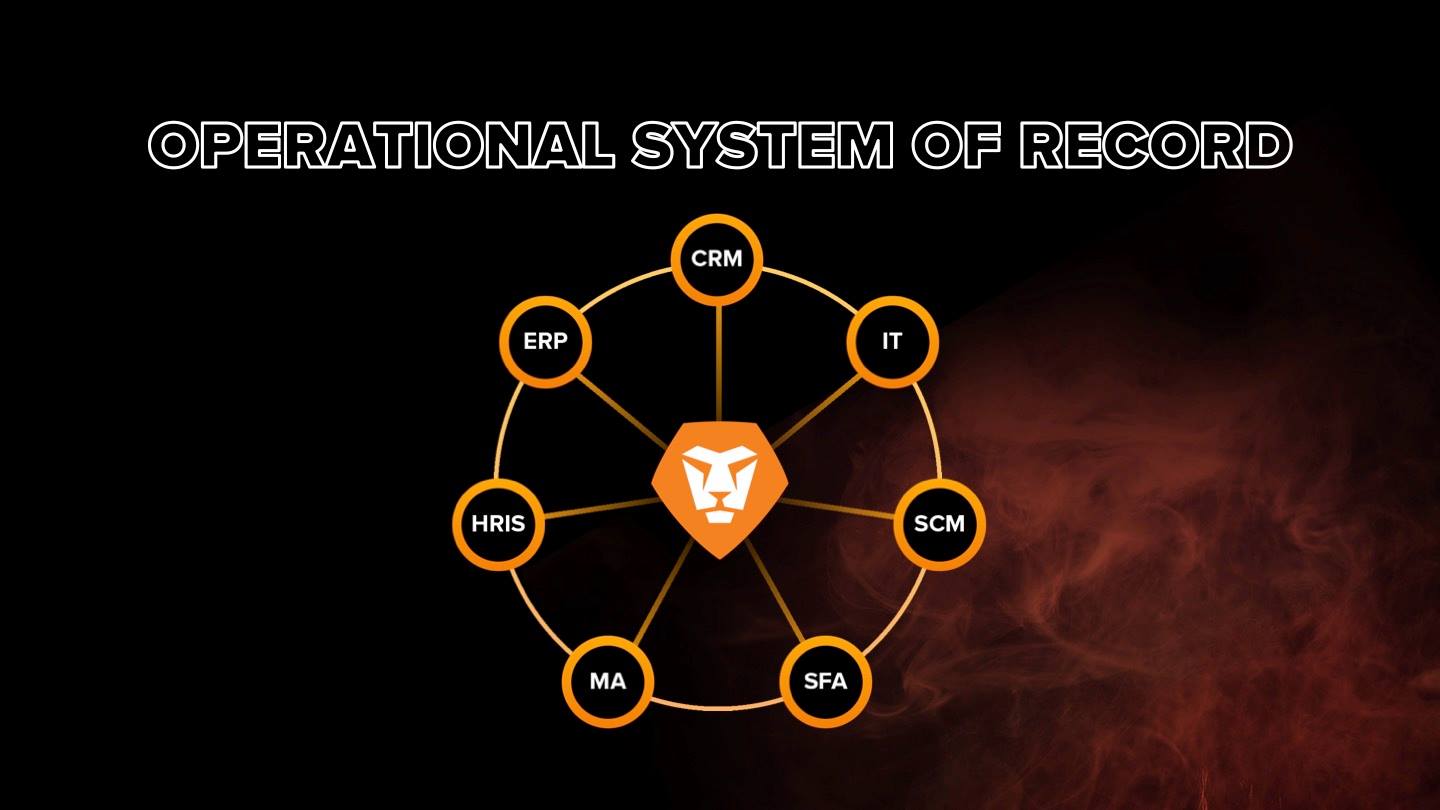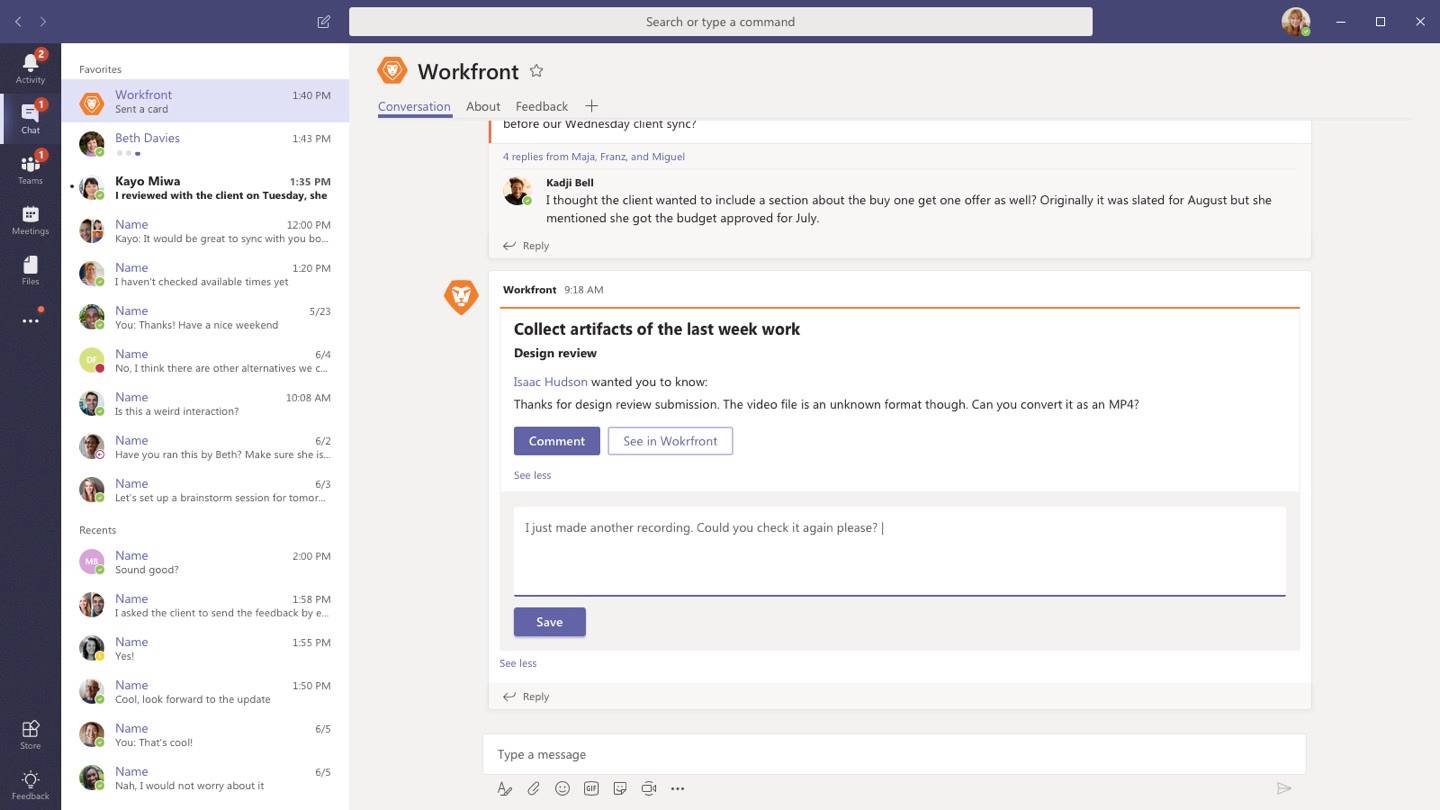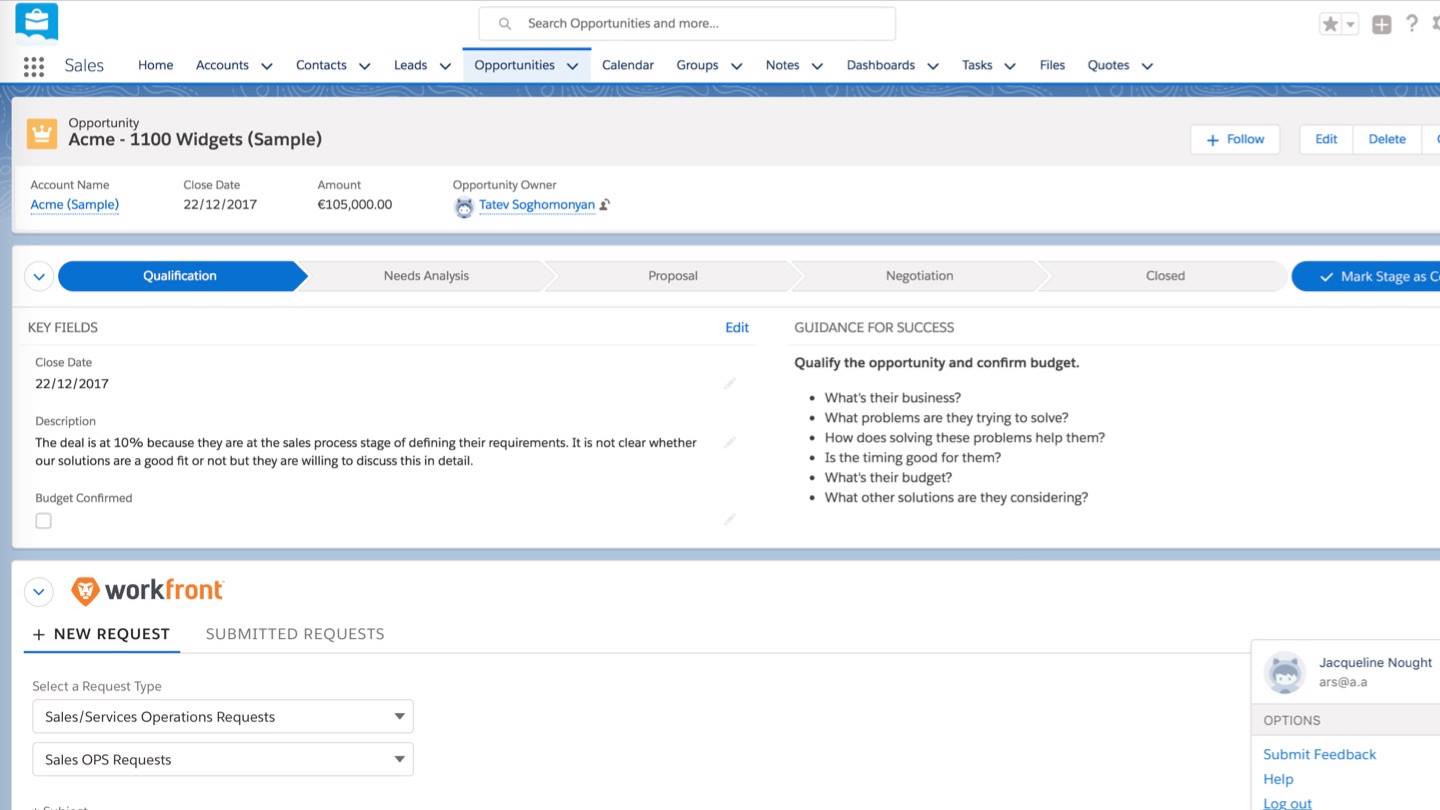We all struggle to get work done. Too many tools, too much chaos, not enough time. That's where Work Coordination Platforms (WCP) come in. These tools help people bring organization and structure to projects and processes. It's a highly competitive market with several exciting things taking place including IPOs, funding rounds and acquisitions. This week I had the pleasure of both attending and speaking at Workfront LEAP 2018, Workfront's annual user conference where they introduced new features, new customer stories and a new product.
The two main product announcements were:
- Workfront Home: A new starting page that makes it easier for people to see the items that need their attention and manage their time with highly functional calendar integration. Workfront customers will find this a very welcome addition, as it will make it easier to focus on where you need to spend your time without clicking through multiple projects. Interestingly, this comes just a few weeks after another WCP vendor introduced a similar feature, Trello Home.
- Resource Capacity Planner: One of the key elements of project management is the assignment and tracking of resources... meaning how many people are available and how much time do they have to work on things. This new Workfront feature uses AI-enabled planning to help find the right people at the right time to assign work.
The new product announcement was the launch of Workfront Fusion , a tool that enables people to connect business applications to Workfront to automate the data transfer between applications with no coding. It uses a drag and drop process to define events and actions that outline what should happen and when. This is along the same lines as commercial tools like IFTTT and Zapier, and enterprise tools like Workato, Nintex, Microsoft Flow and Zoho Flow.
Here is a short video where I share my thoughts on the items mentioned above:
More Thoughts
As mentioned in the video above, Workfront's mission is to become the "Operational System of Record" for work.
I view this as another way of saying they want to become the place that aggregates together the plethora of tools people use to get their jobs done. That's a popular theme these days, as several software vendors are realizing that the lack of context caused by using so many tools is a huge barrier to getting work done. Workfront has taken several smart steps in accomplishing this goal, starting in 2015 with the acquisition of ProofHQ to provide native asset management and publishing capabilities (called Workfront DAM ) to this week's announcement of Workfront Fusion. They also currently provide integrations with Outlook, Jira, Slack, Box, Adobe and others, and announced upcoming integrations with Microsoft Teams
and Salesforce
MyPOV
While I'm impressed with the Workfront products, I'm equally impressed with their executive team and their customers. CEO Alex Shootman has an impressive career in enterprise software including Eloqua, Vignette, BMC and IBM. Chief Product & Technology Officer Steven ZoBell is one of the more forward thinking and creative people I've worked with as a industry analyst and advisor, and they've recently brought on a very experienced CMO, Heidi Melin. The overall feeling I get from Workfront, both via my direct work with them as well as watching them at their events is one of humility and passion, not arrogance and entitlement. I was particularly impressed with Alex's opening keynote this week, as he discussed the hot topic of Digital Transformation, but emphasized that the changes taking place today are not the end goal, but rather just the beginning of the next era in business.
When listening to what's new at these conferences is important, the more valuable experience is speaking with customers. Workfront has a very strong portfolio of customer references, including Disney, Prudential, Marriott, Thomson Reuters, Bristol-Myers Squibb, Black + Decker, Fender, Trek, Alaska Airlines, and Columbia and many more.
The Work Coordination Platform market is just getting started. Everyone has email, file-sharing, some type of messaging, web-conferencing and a few other tools, but not every employee currently uses a tool to structure and organize work. We're at an inflection point where people are overloaded and we can't simply keep producing more content, asking people to do more work, add more tools, and have more conversations. As the awareness of the benefits of these tools increases, their adoption will rise. Workfront is well positioned both in strategy and features, earning them a spot on the Constellation Research Shortlist for WCP.
What I'd like to see next from Workfront is more innovation on the automation across the entire lifecycle of tasks and processes, adding machine learning/artificial intelligence to proactively prioritize tasks, find expertise and create teams, create or curate content and other items that reduce the need for employees to be involved in task management all, freeing them up to spend more time doing the actual work.





